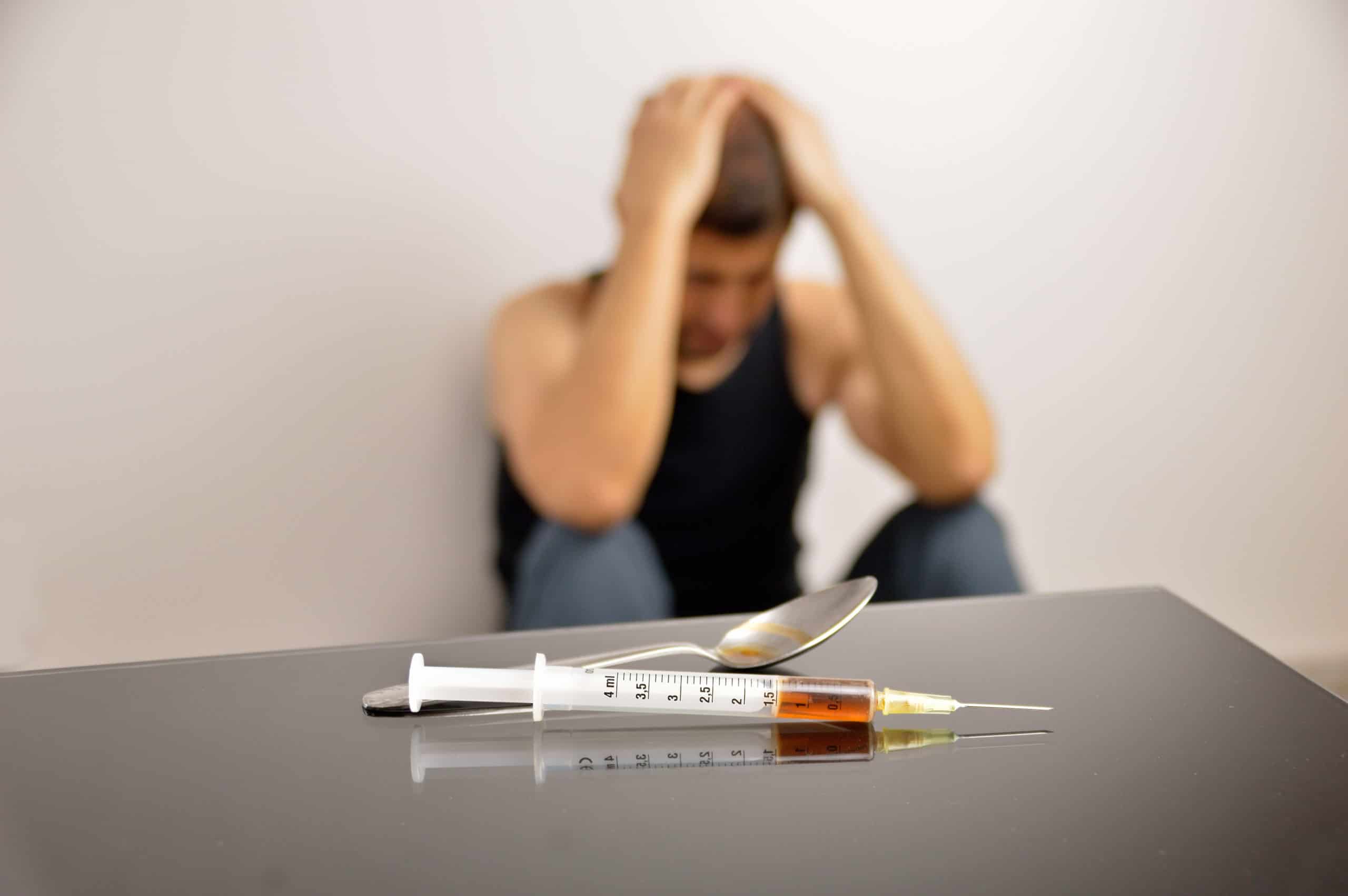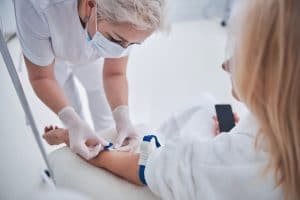The United States is currently suffering from an opioid overdose epidemic. The National Institute on Drug Abuse found from data in 2018 that almost 130 Americans die every day from overdosing on opioids. Heroin is part of this opioid epidemic. Heroin overdose deaths increased rapidly in 2010, and heroin addiction remains a massive problem facing our public health. However, this rising number of opioid overdose deaths has resulted in an increased public awareness about the problem and corresponding effort to offer heroin addiction treatment. At Crosspointe Recovery, we work tirelessly to fight against the heroin crisis.
What Is Heroin?
Heroin is an opioid made from morphine. People inject, sniff, snort or smoke heroin to experience a “rush,” which is a euphoric feeling. Heroin is highly addictive in part because people who regularly use heroin can build a tolerance to it, which prompts them to take higher or more frequent doses to keep feeling high. Heroin causes serious long-term health effects including insomnia, abscesses, stomach pain, liver and kidney disease, weakened immune system, heart disease, lung complications, and mental disorders. Sniffing or snorting heroin also damages nose tissues. Injecting heroin can result in collapsed veins and also puts individuals at higher risks of contracting HIV and hepatitis C. Individuals can overdose heroin and the number of deaths from heroin overdoses have increased rapidly in the past 10 years.
Identifying a Heroin Addiction
Heroin addiction can be difficult to talk about, but it is a dangerous substance and intervention could be lifesaving. If you suspect a loved one may be addicted to heroin here are some signs that may help identify a heroin addiction:
Physical Symptoms of Heroin Addiction
The high of heroin and some of the damaging effects it has on the body may be visible to individuals observing an addict. These physical effects and symptoms can include:
- Marks on the skin from injection, called “track marks”
- Slowed breathing
- Blue lips and fingernails
- Nausea and Vomiting
- Insomnia
- Constricted pupils
- Itching
- Constipation—often people who regularly use heroin need laxatives because of this symptom
- Dry mouth
- Falling asleep or swinging back and forth between consciousness or semi-consciousness
Heroin Paraphernalia
Individuals need certain paraphernalia to get high from heroin and the paraphernalia differs depending on the way they take it. Paraphernalia for injecting heroin might include syringes, needles, metal spoons, tin foil and lighters. Pipes are often used for smoking heroin and cut-up drinking straws or plastic pen cases are often used to snort heroin. Heroin itself is a powdery crumble substance that is often off-white but can range from white to dark brown or black.
Behavioral Signs of Heroin Addiction
The physical effects of heroin may cause visible behavioral signs of the addiction. Additionally, heroin addiction has psychological effects that may be observed in the behavior of the addict. Some of these behavioral signs include:
- Memory loss
- Disorientation and lacking coordination
- Increased risk-taking behavior and compulsiveness
- Wearing long sleeve clothing even in warm weather to hide track marks
- Suffering work performance and diminishing sense of responsibility
- Social isolation and suffering relationships
- Trouble maintaining health and personal hygiene
- Theft to maintain financial means to access drugs
Get Help in Los Angeles
If you or a loved one is suffering from heroin addiction it is important to know that recovery is possible. The decision to become sober is the first step, after which you should seek out professional treatment with trained healthcare professionals who can provide an individualized approach.
Los Angeles, California has an opioid overdose death rate higher than the national average, which has prompted the LA County Department of Public Health to develop and execute a broad opioid prevention strategy to combat the opioid crisis. Their effort appears to be working, in tandem with the abundance of treatment options, LA County has the highest number of individuals with opioid addictions served in opioid treatment programs in the state of California as a result.
Get Help With Heroin Today at Crosspointe Recovery
Heroin rehab in Los Angeles offers recovering individuals an abundance of options to find the right fit for their individual treatment. Crosspointe Recovery is a rehabilitation facility in Sherman Oaks, a serene neighborhood in Los Angeles. At Crosspointe Recovery we believe in long-term recovery and commit to that goal by helping patients through every step of recovery including drug & alcohol detoxification, a residential inpatient program, outpatient programs, and a variety of evidence-based therapies. Our full continuum of care is provided by a caring and expert staff at a beautiful location. If you or a loved one is interested in heroin addiction treatment in Los Angeles, don’t hesitate to contact us today.





